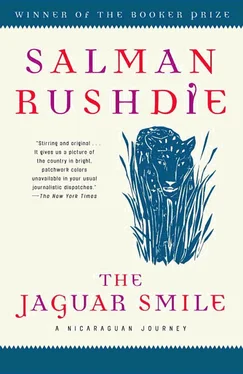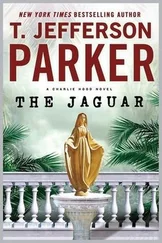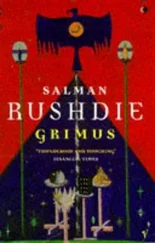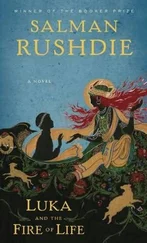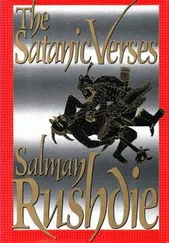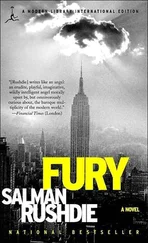In the west of the city was a low hill on which the initials FSLN reclined, each whitish figure about a hundred feet long, like a recumbent Hollywood sign. At first I thought the letters had been cut out of the hillside in the fashion of an English white horse, or maybe they were made of concrete, or even marble? But the sign was only wooden, made up of boards lying on the hillside, propped up, where necessary, by simple gantries. When I got closer to it, I saw that it had already started to look somewhat the worse for wear. Before the revolution there was a different sign on this hill. ROLTER, it read, advertising a local manufacturer of boots and shoes. That discovery intensified my sense of the provisional quality of life in post-revolutionary Managua. One wooden advertisement could easily be replaced by another. Nor could I resist the implications of putting the Frente Sandinista’s sign on what used to be Boot Hill.
It was the rainy season in Managua; the skies were overcast. A cold wind blew from the north.
2

THE ROAD TO CAMOAPA
The walls of the home of Nicaragua’s Vice-President, the novelist Sergio Ramírez, were hung with masks. ‘Ah,’ said the security guard, admitting me to a courtyard of old trees surrounded by spacious verandahs, ‘el escritor hindú.’ Spanish uses hindú to mean ‘Indian’; the construction de la India , which seemed OK to me, sounded stilted to Nicaraguan ears. So during my stay I became the hindú writer, or even, quite often, poeta . Which was quite a flattering disguise.
In Nicaragua, the mask was an indispensable feature of many popular festivals and folk-dances. There were animal-masks, devil-masks, even, as I was to discover, masks of men with bleeding bullet-holes in the centres of their foreheads. During the insurrection, Sandinista guerrillas often went into action wearing masks of pink mesh with simple faces painted on them. These masks, too, originated in folk-dance. One night I went to see a ballet based on the country’s popular dances, and saw that one of the ballerinas was wearing a pink mask. The mask’s associations with the revolution had grown so strong that it transformed her, in my eyes at least, into something wondrously strange: not a masked dancer, but a guerrilla in a tutu.
The true purpose of masks, as any actor will tell you, is not concealment, but transformation. A culture of masks is one that understands a good deal about the processes of metamorphosis.
I set off in the company of Sergio Ramírez and one of the nine-man National Directorate of the FSLN, Luis Carrión, to the town of Camoapa in Boaco province, to witness a part of one of the most important transformations taking place in the new Nicaragua. It was National Agrarian Reform Day, and in Camoapa land titles for no less than 70,000 acres were to be handed out to the campesinos .
Sergio Ramírez was unusually big (well over six feet) and heavily built for a Nicaraguan, and could look, at times, positively Chinese in a Mikadoish sort of way; Luis Carrión was of a much more characteristically Nicaraguan light, slight build, with a moustache that was — as they used to say in the Paris of the 1968 événements — ‘Marxiste, tendance Groucho’ . They were both remarkably free of the pomposity and circumlocution that were so often the stock-in-trade of politicians. ‘How many acres have been redistributed since the revolution?’ I asked, and once they had agreed how many manzanas (the Nicaraguan land unit) there were in a hectare, and we had all haggled about the number of acres a hectare contained, we arrived at a rough figure of over two million acres, handed out to about 100,000 families.
I was impressed, and said so. Ramírez nodded. ‘It shows the people that we have the will to keep our promises.’
When Don Anastasio Somoza fled the country, he took with him everything he could carry, including all the cash in the national treasury. He even had the bodies of Tacho I and Luis Somoza dug up and they, too, went into exile. No doubt he would have taken the land as well, if he’d known how. But he couldn’t, and nor could his cronies who fled with him, and so the government of the new Nicaragua found itself in possession of the abandoned estates, amounting to half the arable land in the country. The land being redistributed was taken from those immense holdings and not, as Carrión and Ramírez clearly felt obliged to explain, from anywhere else. ‘Nobody who stayed in Nicaragua to work his land had it confiscated,’ said Ramírez, who spoke excellent English but tired of it after a while and lapsed into Spanish. ‘Since our absolute priorities are production and defence, why should we meddle with someone who is producing? On the contrary, we assist many large, private landowners.’ On the road to Camoapa, which passed between the country’s two big lakes, Lake Managua and Lake Nicaragua (really an inland sea, and the only place in the world where you could be eaten by freshwater sharks), they were at pains to point out farms and industries that remained in private hands. There was often a little, defensive something that would creep into the discourse of Nicaraguan leaders. ‘No country is put under a microscope the way we are,’ Foreign Minister d’Escoto would tell me. That sense of being watched, all the time, for the tiniest slip, made them jumpy.
The road to Camoapa was made of brick, like many roads in Nicaragua. Somoza used to own a brick factory. After the ’72 earthquake he insisted that the nation’s thoroughfares be reconstructed in Presidential bricks, which he then sold to the nation at high prices. ‘But we discovered that the bricks were also very easy to lever up,’ Luis Carrión told me contentedly, ‘so that during the insurrection years we were often able to stop his convoys quite easily, thanks to his own brick roads.’ Carrión looked too young to be running a country. Nicaragua made ‘young novelists’ of thirty-nine years feel antique. At least Sergio Ramírez was a few years older than me. Then again, he made me feel short.
I asked Ramírez about the recent pronouncements on Nicaragua by the famous Peruvian novelist Mario Vargas Llosa, in the New York Times and elsewhere. ‘His positions have moved so far to the right these days that I wasn’t surprised by his criticisms,’ Ramírez said. What, then, did he think of Vargas Llosa’s suggestion that the people who merited the West’s support in Nicaragua were neither the Contra nor the FSLN, but the anti-Sandinista democratic Nicaraguans , who might even now be a majority? Carrión and Ramírez both laughed. ‘There’s no such majority,’ Ramírez said. ‘Let me know if you locate it.’
Vargas Llosa also hinted that the Sandinistas were a Soviet-style state in disguise; that the various nods in the direction of a mixed economy and a pluralistic democracy were no more than window dressing; and that, in fact, the FSLN was being obliged to preserve such things precisely on account of the pressure from outside. (Though, of course, he hastened to add that he did not support the Contra.)
Ramírez seemed genuinely annoyed by this suggestion. If it weren’t for the war, he said, much more power could be given to the people than a state of emergency permitted; that is, peace would mean more democracy, not less. ‘We have the right to self-determination. Our internal structures are nobody’s business but our own.’
‘But,’ I suggested, ‘now that the $100 million for the Contra has been approved, other people have made it their business, haven’t they?’
Luis Carrión replied. ‘The hundred million is not the point. The counter-revolution is not the real threat.’ His view was that the Contra army had effectively been defeated. ‘These days they try hard to avoid meeting us in direct combat, because of their heavy losses. They concentrate instead on terrorist acts, aimed at the civilian population, and at damaging production. We expect more of these now. We expect they will try something in the cities, even in Managua, now that they have the extra money; but we are prepared. They also have a major problem of recruitment and morale. Their numbers have fallen by several thousand in the past two years. No: the real threat is the CIA.’
Читать дальше
